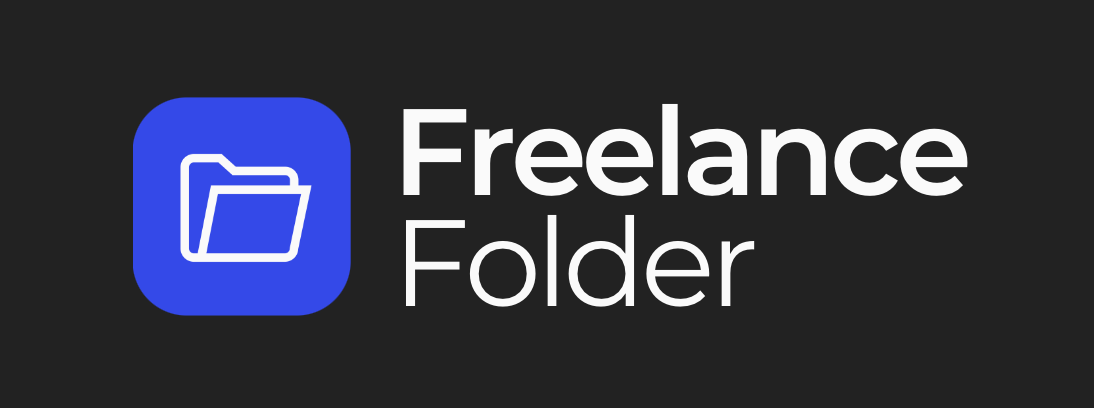Laura Spencer
Well-known member
- Messages
- 74
- Points
- 8
Last week we posted an article about how vampire clients can suck the life from your business. In that post, I got an excellent question from one of our FreelanceFolder readers in the comments.
The reader frequently had to deal with clients who “low-balled” him on projects and he wondered how to deal with a client in that situation.
If you are new to freelancing or unfamiliar with the term, “low-balling,” refers to the practice of trying to get the lowest possible price for a project. Usually a low-balled price is well below the average market rate for a particular type of work.
In this post we’ll give you four answers you can use with a client who is trying to “low-ball” you for a particular project. We’ll also gives you some techniques to help you recognize low-ball schemes and avoid them.
Here are four things you can say to a client when you feel you are being low-balled:
Here are three tricks that unscrupulous clients sometimes use:
Fortunately, the examples given in this post are the exception rather than the rule. Many clients will not attempt to low-ball you, and there is a lot of good work out there.
So, How do you answer a “low-balling” client? What freelancing offers have you investigated that have turned out to be scams?
The reader frequently had to deal with clients who “low-balled” him on projects and he wondered how to deal with a client in that situation.
If you are new to freelancing or unfamiliar with the term, “low-balling,” refers to the practice of trying to get the lowest possible price for a project. Usually a low-balled price is well below the average market rate for a particular type of work.
In this post we’ll give you four answers you can use with a client who is trying to “low-ball” you for a particular project. We’ll also gives you some techniques to help you recognize low-ball schemes and avoid them.
Four Answers For Your Low-balling Client
If you’ve ever faced a client who has tried to low-ball you on a project, then you know that it’s not much fun. Your excitement at finding a potential new client quickly fades when you discover that he or she is merely trying to take advantage of you.Here are four things you can say to a client when you feel you are being low-balled:
- The educational approach. In this approach you assume that the client really doesn’t know that the pay they are offering is too low for the type and amount of work required. Your tactic is to inform them of the proper rate for your work and refer them to a neutral site that lists average costs or pay rates for the type of project they are requesting.
- The expertise approach. This approach is particularly effective for freelancers with a lot of experience. In this approach you highlight your experience and explain why it allows you to do a better job on the project (making you worth more to the client).
- The task approach. This is often used as a follow up to one of the other approaches. Clients often assume that projects are much easier to complete than they actually are. For this approach you use the strategy of listing the actual tasks that you will perform.
- The walk-away approach. This response is typically used only when a potential client shows that they are totally unwilling to negotiate. While sometimes a client may relent on their low price if they were bluffing, be aware that this tactic usually sends a client elsewhere.
Three Scams to Watch Out For
Sometimes a low-balling client tries to hide the fact that they are going to pay below market rate.Here are three tricks that unscrupulous clients sometimes use:
- The big $$$ figure. The client using this tactic throws out a big dollar figure in hopes that the freelancer won’t notice that that big dollar figure goes with an unreasonable amount of work. Example: $1,000 pay for 1,000 original 500-word articles.
- The “free” sample. The client using this tactic advertises a “job,” but requires that only original samples be sent with the job application. The specifications for the samples are very specific. In the end it turns out that this client is only trying to get free work in the form of samples.
- The open-ended project. The client who uses this tactic constantly shifts and changes the original requirements without ever increasing the pay. A savvy freelancer can get around this problem by using a well-written contract and limiting the number of revision requests.
A Final Word
There are many legitimate opportunities available for freelancers who carefully examine the projects that are presented to them.Fortunately, the examples given in this post are the exception rather than the rule. Many clients will not attempt to low-ball you, and there is a lot of good work out there.
So, How do you answer a “low-balling” client? What freelancing offers have you investigated that have turned out to be scams?
